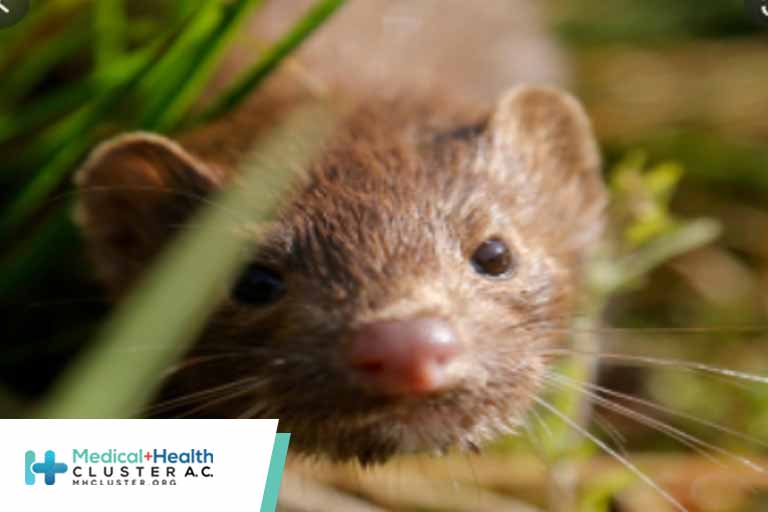En respuesta al anuncio del alcalde Ismael Burgueño Ruiz sobre...
Leer más
Michigan COVID Cases Possibly the First From Animals in US

During the first year of the pandemic, at least four people in Michigan were infected with a coronavirus variant that has been found in mink.
The cluster, which previously included three cases, marks the first known instance of likely animal-to-human “spillover” of the virus in the U.S., according to The New York Times. All four people fully recovered.
Two of the infected people were employees of a mink farm in Michigan that had an outbreak in October 2020. The other two people didn’t have known links to the farm, which may mean that the coronavirus variant among mink may have been circulating more widely among residents in that area during that time.
Virus samples from all four people contained two mutations that may show signs of an adaptation to mink. The mutations have also been documented in farmed mink in Europe and people with connections to those farms.
“This, in addition to the mink farmworkers testing positive for COVID-19 after the mink herd had begun experiencing illness and increased mortality, suggests that the most likely hypothesis is that the workers were infected after contact with mink on the farm,” Casey Barton Behravesh, DVM, who directs the CDC’s One Health Office, told the newspaper.
But researchers are unable to prove the cause, she noted.
“Because there are few genetic sequences available from the communities around the farm, it is impossible to know for sure whether the mutations came from mink on the farm or were already circulating in the community,” she said.
In August 2020, the U.S. Department of Agriculture announced the first confirmed COVID-19 case in mink at farms in Utah, followed by a case in Wisconsin. Worldwide, the coronavirus has been detected in mink on farms in the Netherlands, Denmark, Poland, and Spain.
In early October 2020, Michigan officials announced that the coronavirus had been detected in mink on a local farm. Several of the animals had died. The CDC helped to investigate the outbreak by collecting samples from animals, farmworkers, and residents in the community.
By March 2021, the CDC had updated its website to note that a “small number of people” had contracted a coronavirus variant that “contained unique mink-related mutations.”
In April 2021, the Detroit Free Press and the Documenting COVID-19 project first reported on the first three cases – two farmworkers and a taxidermist who didn’t have a connection to the mink farm. This week, the news outlets reported an update that the fourth case was the taxidermist’s wife.
Earlier this month, National Geographic first reported on the fourth human case based on government documents about the mink farm outbreak.
Overall, animal-to-human transmission is rare, but the CDC is continuing to monitor potential coronavirus cases in wildlife, livestock, and zoo animals for new variants and virus reservoirs, the Times reported.
“These results highlight the importance of routinely studying the genetic material of SARS-CoV-2 in susceptible animal populations like mink, as well as in people,” the CDC wrote.
https://www.medscape.com/viewarticle/972401?src=soc_fb_220424_mscpedt_news_mdscp_mink&faf=1
Créditos: Comité científico Covid




